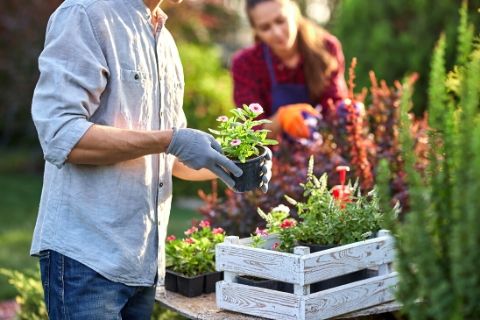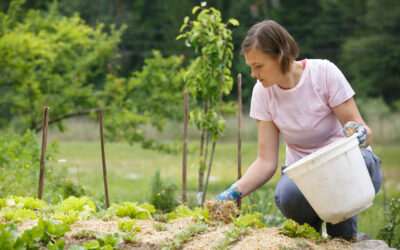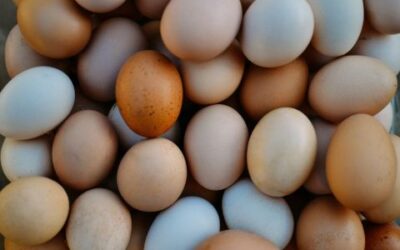
With spring in full swing, it’s time to start getting your garden in order. This may seem simple for those of us with glorious green thumbs, but people who prefer indoor activities may need a bit more guidance. Green thumb or not, have no fear. Planting and tending a garden can actually be quite easy with the proper preparations. You may have to roll up your sleeves and get your hands a bit dirty, but the final product is well worth the effort. This guide explores three simple ways to keep your garden healthy no matter what Mother Nature throws your way.
Work from the ground up
It may seem like a no-brainer, but one of the best ways to keep your garden healthy is to work from the ground up. Many people focus their efforts solely on a plant’s external beauty rather than worry about what’s going on behind the scenes. However, the soil you use in your garden can have a much larger effect on the overall growth of your plants than you might realize. The pH level of soil directly affects the amount of nutrients your plants will receive. Certain plants, such as plum and cherry trees, thrive better in soils with a high pH level. Before you select plants for your garden, it’s always best to test the soil’s pH level. This will help you choose plants that will thrive under your garden’s specific conditions. It will also save you a bit of work in the long run, as you won’t have to put in as much effort adding additional nutrients to the soil or coddling plants that aren’t suited to the soil’s pH level.
Maximize moisture
Moisture is one of the most important elements in gardening, but it can also be one of the trickiest to master. Many people depend heavily on Mother Nature to water their gardens and keep moisture levels high. This can be effective in some instances (April showers do bring May flowers, after all), but it’s generally not a very sustainable long-term practice. Setting up a regular watering schedule is the best way to ensure your plants stay hydrated, especially as we move into the warm, dry summer months. It’s also very beneficial to introduce ground cover products into your garden. Products such as mulch and chopped straw decrease the amount of moisture lost to evaporation. This helps the soil retain its moisture for a longer period of time and ensures your plants stay well-fed no matter what the weather brings.
Banish the bad seeds
Sometimes all it takes to bring down a garden is one bad seed. This may come in the form of a diseased plant or a particularly willful weed. Whatever the case may be, it’s important that you nip these bad seeds in the bud—literally. Weed and prune your garden on a regular basis, and be sure to look out for any signs of damage or disease among your plants. Planting disease-resistant plants such as tomatoes and cucumbers can keep your entire garden in good shape. Pruning dead leaves or branches off your plants will also ensure the plant’s health and expedite its growth. They’ll no longer need to exert additional energy to keep the dead leaves alive—they can instead use that energy to produce new growth.




